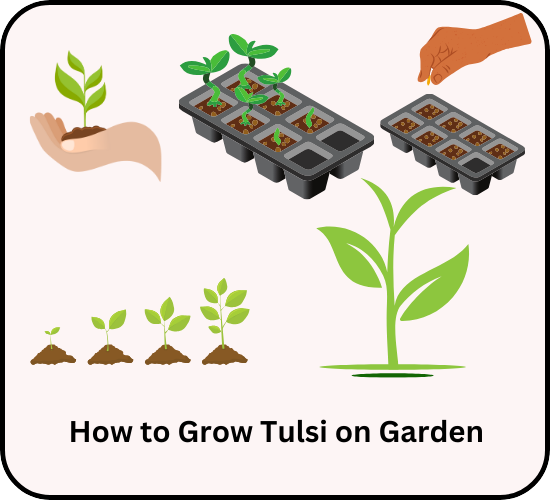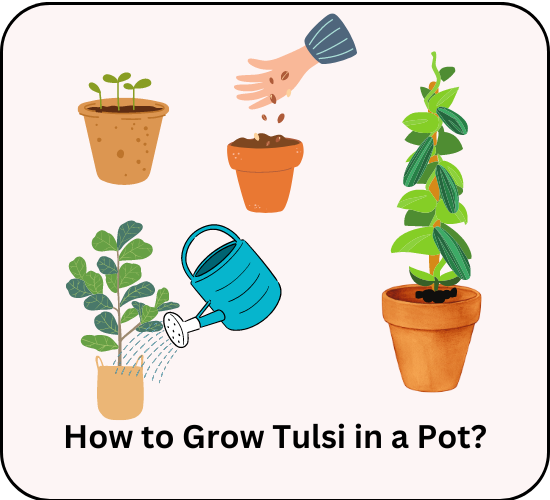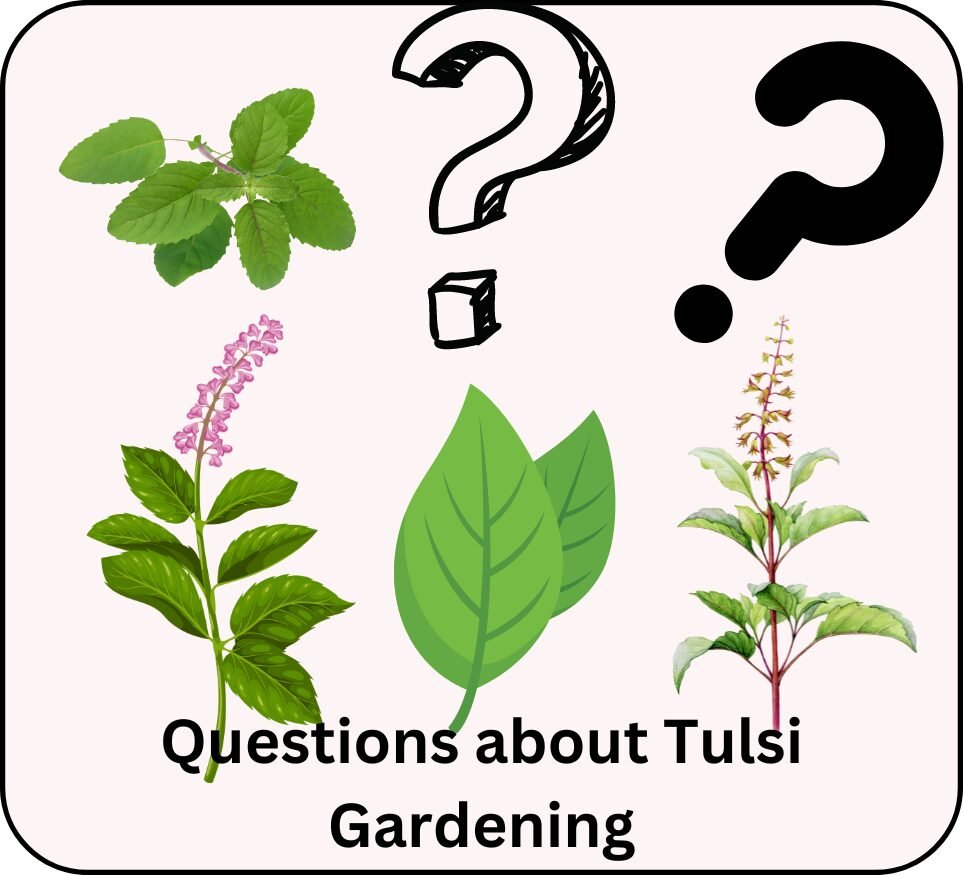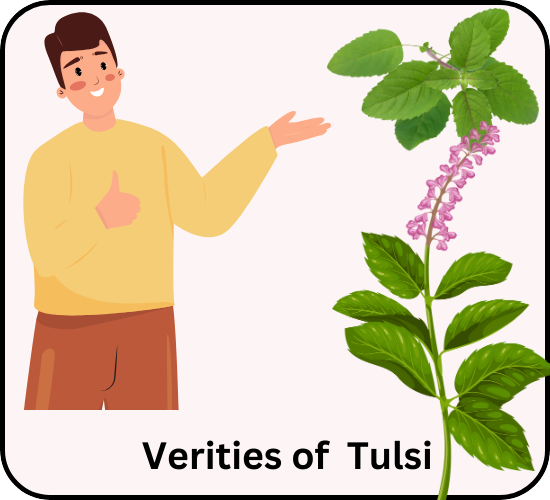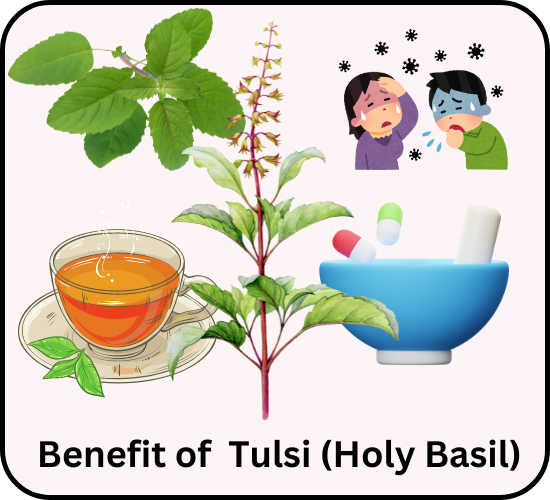Discover Tulsi Gardening
Welcome to Tulsi Gardening (also known as Holy Basil), your go-to destination for everything related to growing and nurturing the sacred herb, Tulsi (Ocimum tenuiflorum). Our page is a haven for both novice and experienced gardeners alike, offering a wealth of information and guidance on cultivating this revered plant known for its spiritual significance and medicinal properties. Whether you’re seeking tips on propagation, soil preparation, or pest management, our dedicated team is here to support you on your journey to successfully cultivate and care for Tulsi plants. Join us as we explore the rich traditions and therapeutic benefits of Tulsi gardening, and embark on a rewarding and fulfilling experience of tending to this sacred herb in your own garden.
History of Holy Basil Tulsi
Tulsi, also known as Holy Basil, is more than just an herb. It holds a profound significance in various cultures around the world, particularly in India, where it is revered as a sacred plant. Its history is deeply intertwined with spirituality, medicine, and cultural practices, spanning thousands of years. In this comprehensive article, we delve into the rich history of Tulsi, exploring its origins, cultural significance, medicinal properties, and modern-day relevance.
How to Grow Tulsi on garden?
Tulsi, also known as Holy Basil, is a revered herb in Indian culture and Ayurvedic medicine, renowned for its therapeutic properties and aromatic presence. With its rich history and medicinal benefits, Tulsi is not only a spiritual symbol but also a valuable addition to home gardens. Growing Tulsi from seeds is a rewarding process that allows gardeners to nurture this sacred plant from the very beginning. This guide will walk you through the steps …..
How to Grow Holy Basil in Pots?
Tulsi, also known as Holy Basil, is a revered herb in Indian culture and Ayurvedic medicine, celebrated for its aromatic and medicinal properties. Growing Tulsi in a pot is a convenient and rewarding way to enjoy its benefits year-round, even in limited spaces. This herb is not only a spiritual symbol but also a valuable addition to your home garden. This guide will provide detailed steps to successfully grow and care for Tulsi in a pot.
Diseases of Tulsi Plant
Tulsi, also known as Holy Basil, is a resilient herb, but it can still fall victim to various diseases. Recognizing the symptoms, understanding the causes, and implementing effective cures and prevention methods are essential for maintaining the health of your Tulsi plants.
Question’s about Tulsi Gardening
4. Can Tulsi be grown indoors?
Yes, Tulsi can be grown indoors in pots as long as it receives enough sunlight, ideally 6-8 hours of direct sunlight daily.
7. How much sunlight does Tulsi need?
Verities of Holy Basil (Tulsi)
Tulsi, also known as Holy Basil, is a versatile herb with several varieties, each offering unique flavors, fragrances, and medicinal properties. These varieties cater to different tastes and preferences, making Tulsi a popular choice for culinary and medicinal purposes worldwide.
Benefits of Tulsi (Holy Basil)
Tulsi, also known as Holy Basil (Ocimum sanctum or Ocimum tenuiflorum), is a highly revered herb in traditional Indian medicine, especially in Ayurveda. It is known for its diverse medicinal properties and has been used for thousands of years to treat various ailments. Here are some benefits of Tulsi, along with the diseases it can help cure and how to use it:
How to make Holy Basil Tea?
How to make Holy Basil (Tulsi) Tea?
Tulsi or holy basil is often used in homemade remedies due to its medicinal properties. Here’s a simple recipe for tulsi tea, which is a popular home remedy:

